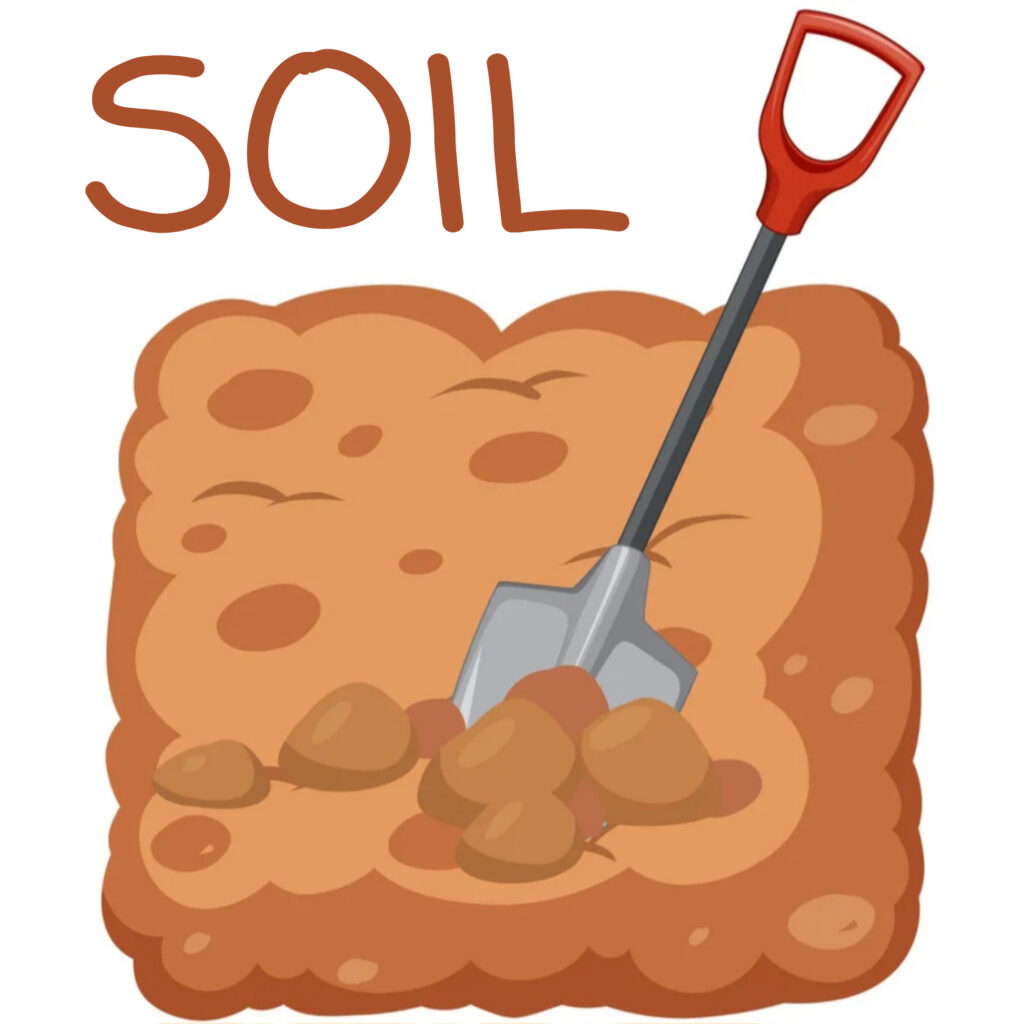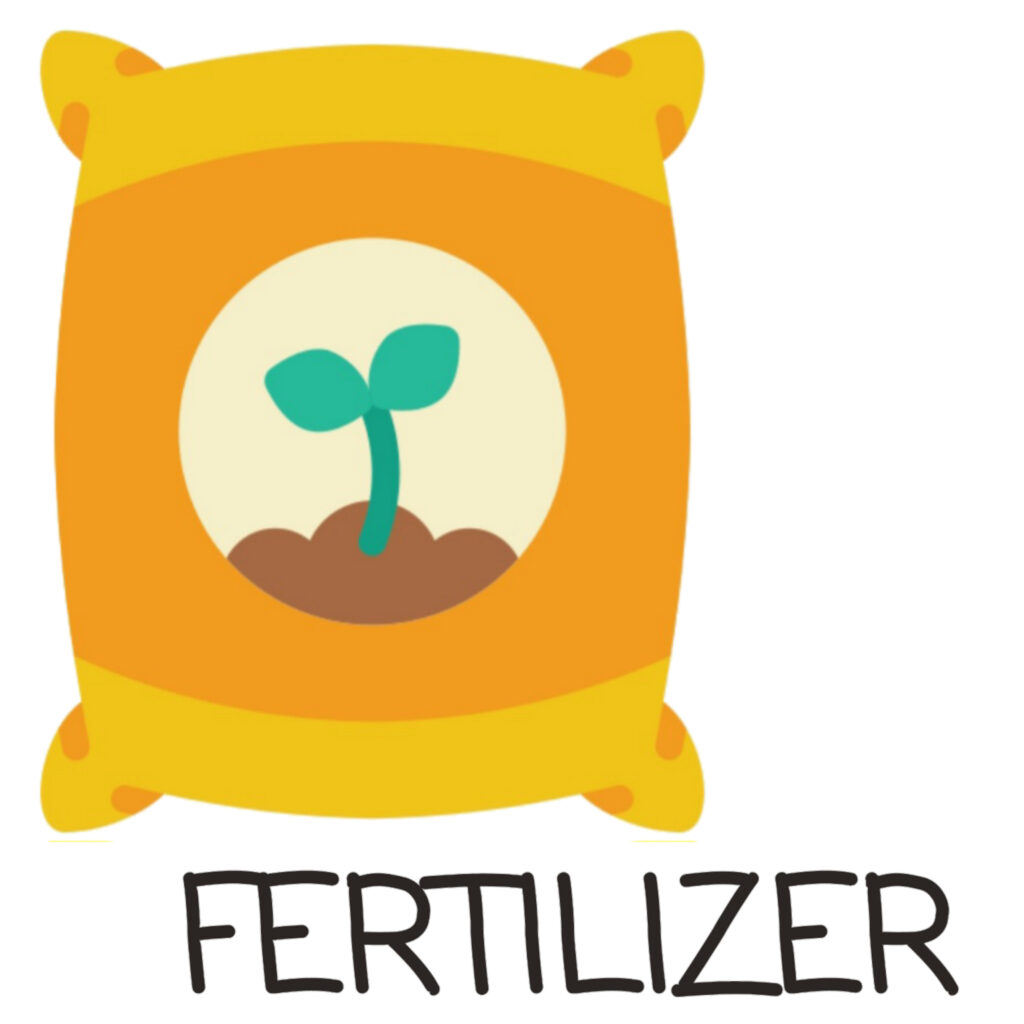
Scientific Name: Chrysanthemum spp.
Local Name in India: Guldaudi , Shevanti
Chrysanthemums, often called “Shevanti” or “Guldaudi” in India, are cherished for their striking and diverse flowers. These blooms come in a wide range of colors, shapes, and sizes, making them a popular choice for gardens and floral displays. Their vibrant presence adds a touch of elegance and charm to any space.

SOIL Requirement
Chrysanthemums thrive in well-draining soil with good moisture retention. A mix of garden soil, peat moss, and sand provides the ideal medium for their growth. The soil should be slightly acidic to neutral, with a pH range of 6.0 to 7.0.

Watering Frequency
Chrysanthemums require consistent moisture, especially during their active growth period. Water the plants regularly, keeping the soil evenly moist but not waterlogged. Ensure that the pots or beds have proper drainage to prevent water accumulation.

Sunlight Requirement
These plants appreciate plenty of sunlight, but they also benefit from some shade during the hottest parts of the day. Place them in a location that receives at least 4 to 6 hours of direct sunlight, ensuring they are protected from scorching afternoon sun.

Fertilizer Application
For robust growth and vibrant blooms, consider using *Kulsum Vermicompost Plus* as your preferred fertilizer. Packed with essential nutrients and beneficial microorganisms, this organic fertilizer promotes healthy Chrysanthemum plants. Apply it once a month during the growing season, whether you’re cultivating them in pots or garden beds. The result will be larger, more colorful flowers that stand out.

Pruning of Plant
Pruning is essential to encourage bushier growth and more abundant flowering. Pinch back the growing tips of young Chrysanthemum plants to promote branching. As the plant grows, regularly remove spent flowers to redirect energy into new growth. After the blooming season, cut back the plant to encourage fresh growth for the next season.

Plant Protection
Keep an eye out for aphids, whiteflies, and spider mites, which can occasionally infest Chrysanthemum plants. Regularly inspect the leaves and stems for any signs of pests. Use natural remedies like neem oil or insecticidal soap to control infestations. Additionally, ensure good air circulation and avoid overcrowding to prevent fungal diseases.


